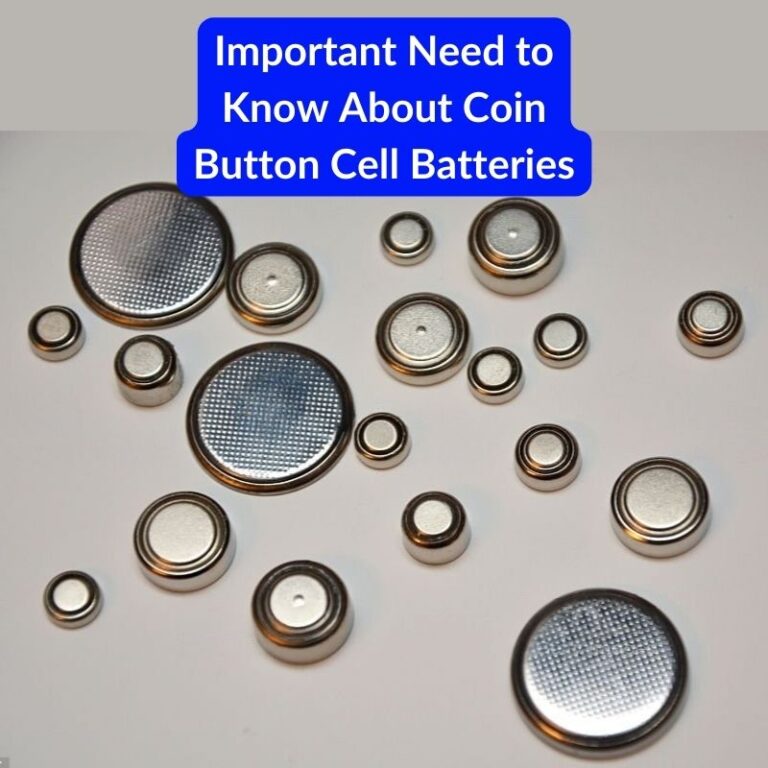How to Connect a Condenser to a Midrange or Tweeter Speaker?
Basic understanding of the use of a Condenser to devices such as a Midrange Speaker or Tweeter. Connecting a condenser to a midrange or tweeter speaker is a simple process, however, it requires a few extra steps to ensure a quality sound connection.
If you purchase a Crossover Network for your Woofer/ Midrange/ Tweeter system you do not need to connect a condenser.
A crossover is an important component of a speaker system, as it ensures that the frequencies are directed to the right driver. Without a crossover, the sound will not be as clear and may even sound distorted. This is where condensers come into play for persons who do not have a crossover for their music system. As condensers are used to filter out part of the sound. The audible range is from 20 hertz to 20 kilohertz for human hearing.
NB: Just to let you know Inductors allow you to hear the low frequencies but not the high frequencies.
However, if your system does not include a Crossover Network, it is highly recommended that you connect a condenser to each of your devices whether it is a tweeter, speaker, or driver unit.
Using a condenser makes the audibility from your device sound better, and cleaner, and most importantly it will play at the correct frequency range in which it is intended. Being a little more technical, the condenser acts as a filter that filters frequencies lower than the tweeter or speaker is designed to play thereby protecting the tweeter and allowing higher-volume play, the low frequencies may also melt the tweeter(s).
You should only use one (1) condenser per tweeter, therefore if you have more than one tweeter in your music setup each tweeter should have its own individual condenser attached providing there are no crossovers. Below shows the different type of condensers and their recommended speaker type. It should also be noted that you can also add a resistor together with your condenser, this is optional.
The resistor helps protect the speaker from damage and increases the life span of your device. This is also true for other devices such as midrange speakers and driver units.
Installation Instructions for Connecting a Condenser to a Midrange speaker or Tweeter:
1. Connect any end of the condenser to the positive terminal (+) of the tweeter or speaker. In other words, it does not matter which end of the condense you select, the main thing is that it is connected to the positive terminal side (+) of the tweeter or speaker.
2. Connect the other end of the condenser to the speaker wire harness. Be certain that this connection is connected to the Positive side harness, which is the radio output (+) side symbol. The other wire is connected directly to the speaker or tweeter terminals which is the radio output symbol (-) side.
It is recommended that you connect the condenser to the (+) side of the tweeter or speaker because the electrical signal or current flows from (+) positive to (-) negative.
3. It is highly recommended that you solder each connection for the best results. By soldering, it also holds the condenser in place so that it does not become loose and fall out while the tweeter/ speaker is playing.
Once the wires are connected to the tweeter/ speaker, it is important to make sure that the polarity is correct.
Once these steps have been completed successfully, your condenser should be connected to the midrange or tweeter speaker correctly.
There are two main readings in a condenser the Capacitance Rating or Condenser Rating and the Voltage Rating. The Capacitance Rating is the amount of energy the condenser can hold for a given voltage. The condenser rating is normally expressed as microfarads (µF). It is highly recommended that when you are replacing a condenser you replace it with the exact condenser rating. The next important rating is the Voltage Rating. The voltage rating is the maximum voltage the condenser can handle before exploding. It does not necessarily mean the condenser needs to operate at this voltage to function therefore you can select a condenser with a higher voltage but the Condenser Rating must be the same. The higher the Voltage Rating is basically the amount of abuse the condenser can handle before exploding.
There are many different types of condensers but the most commonly used ones for tweeters are:
- 1.5µFK 250V -OR-
- 2.2µFK 250V -OR-
- 3.3µFK 100V
When selecting a condenser for your tweeter or midrange speaker it depends on the type of frequency range you are trying to obtain or the type of sound quality that is pleasing to you. Typically a tweeter is designed to produce high audio frequencies from around 2,000 Hz to 20,000 Hz. Some tweeters even operate up to approximately 25kHz to 30kHz. Just to note the lower the “µFK” value the higher the pitch sound of the tweeter.

